With the ever-present pressures to conserve fuel, obey the low and become one of the herd it is refreshing to know that performance — ’70s style — can still be had even if it means parting with around 11 grand and driving a very conspicuous car. Such is the case with the Country Dealer Team Gemini — a race-bred sedan that goes like stink and is as flash as a rat with a gold tooth.
First published in the Dec ’81/Jan ’82 issue of Street Machine
The Holden Gemini in its base form was an innocuous little car until James Faneco started racing them four years ago. Faneco originally cut his motor sport teeth in kart racing, an arena that has bred many a champion from Grand Prix to Sports Sedans. He felt he’d done all he could in karts but was put off moving into cars because of the cost involved in campaigning a successful entry. It was then he focused his attention on the humble and cheap Gemini, and in his first year of competition he ran second to Holden Dealer Team driver, John Harvey.

James Faneco plugged away researching and developing the General’s small car with some success. Then in 1979 GMH announced it was pulling out of racing (again) and that the Holden Dealer Team was up for grabs. We don’t need to tell you that it was Peter Brock who took control of HDT, basing it around the metropolitan dealers in each capital city.
But what of the hundreds of dealers in the country areas? James Faneco asked himself the same question and came up with the concept of the Country Dealer Team. Faneco recruited the aid of WHEELS‘ European correspondent, Gavin Green, who, at the time, was working for GMH. The General’s bigwigs gave the country dealer team idea their wholehearted support — provided, of course, they didn’t have to put up cash.
The initial idea was purely to provide a base of operations for the racing team, the participation of country Holden dealers offsetting the enormous cost needed to mount a serious racing effort. The CDT Geminis made their debut at the Bathurst classic last year and aside from a little hoo-haa over the similarity of the CDT and HDT logos the cars were well received by the racers, the public and the media. One car, however, came to an inglorious end during the running of the race, though Faneco brought his car home first in its class, a repeat of the 1979 event. The feisty little car also scooped a class win in the Manufacturers’ Championship for 1979-80.
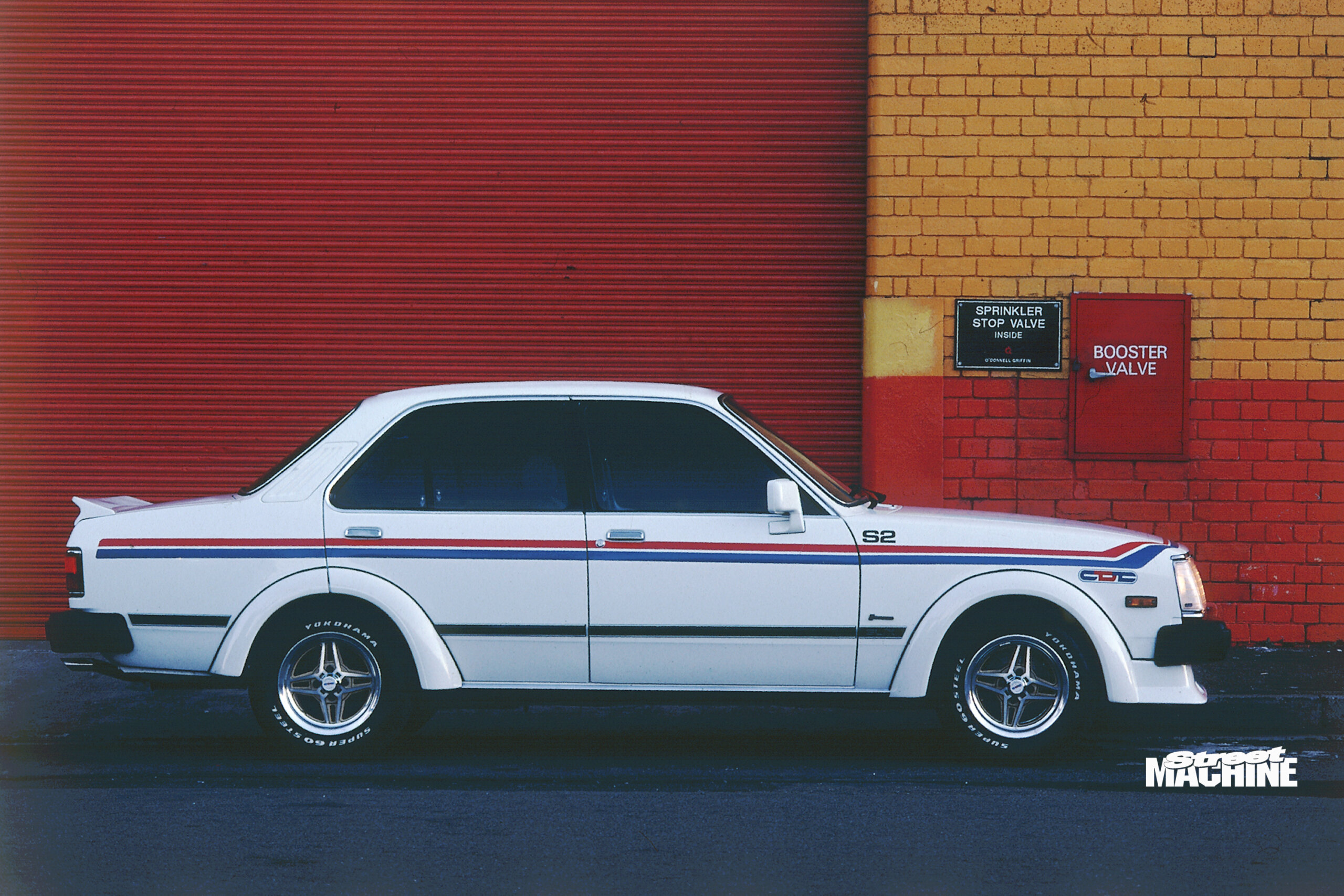
Back at home in Victoria Faneco decided to market road-going CDT Geminis in a similar fashion to the HDT Commodores, thus providing a more permanent base and income for the team.
There are two versions of the limited edition CDT Gemini. Stage one is a mild mannered car that features a near stock 1.6 ohc Gemini engine, uprated suspension, tuned exhaust, seven inch alloy wheels, 60-series radials, improved front brakes and the mandatory (and lairy) fender flares, front and rear spoiler and accent striping and decals proudly declaring its heritage. Subtle it’s not.
The driver is reasonably well taken care of with the addition of auxiliary instruments — tachometer, oil pressure, amperes/volt meter – and a quality French leather-bound steering wheel. It never ceases to amaze us the difference a thick padded steering wheel can make and the Gemini is no exception. One area that has gone untouched, much to our surprise, is the seating. The CDT Gemini starts life as the top-of-the-line SL/X and it’s the seats from this car you will be sitting on. The Country Dealer Team could well do to offer a quality aftermarket seat as an option.
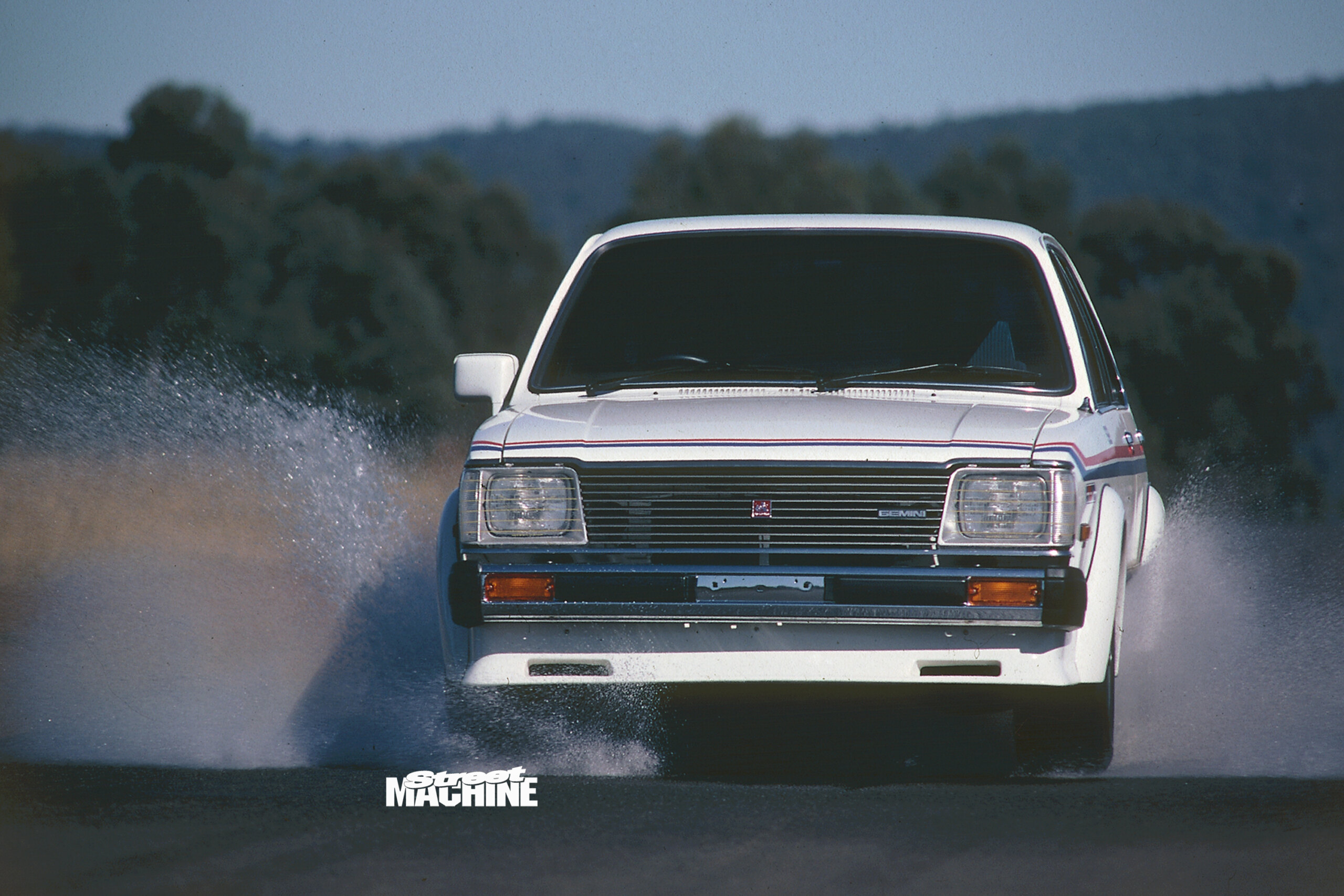
With its improved engine and tuned exhaust the Stage one CDT Gemini offers a claimed 15 percent increase in performance, the Stage two which we drove — and which is “for racing purposes only’ (nudge, nudge, wink, wink) — contains all the equipment of the Stage one car (and more) and offers a whopping 65 percent performance boost.
The heart of the Stage two car is the engine. Faneco and his team of mechanics spent hundreds of man-hours developing the four-banger to the point where it gave lots of power throughout the rev range but still maintained its tractability for day-to-day use. The Stage two Gemini clocked a 16.4 second elapsed time for 400 m, the same time we recorded in an automatic V8 Brock Commodore (WHEELS, August). This is startling to say the least. Sure, we knew the car had plenty of punch — you know that as soon as you depress the go pedal — but low sixteens? Shades of 1970!
As said, the Stage two car contains all of Stage one and more. More in this case are a pair of 40 mm downdraught Weber carburettors on an imported works Isuzu manifold machined to match the intake ports on the head, a specially ground camshaft, improved intake and exhaust valves and a complete engine blueprint and balance job. For the uninitiated this is where the engine is painstakingly brought out to the manufacturer’s specifications, a procedure that is dificult to maintain in production line assembly. With compression ratio of 9:1, up slightly from the original, the 1.5 litre engine makes 90 kW at the 6500 redline, and 141 Nm of torque at 4000 rpm.
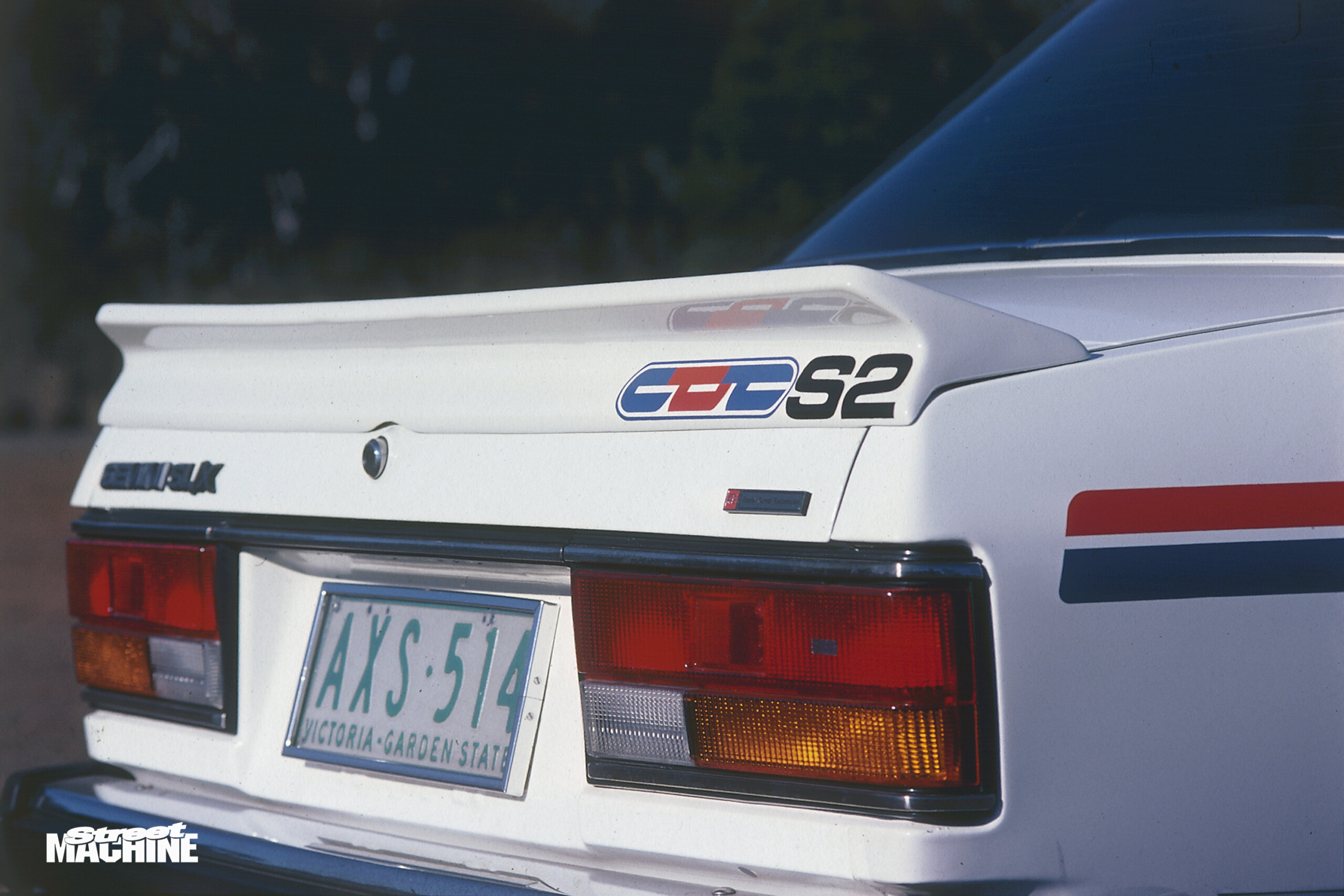
Faneco points out 90 kW is only about four kW shy of his racing car. The reason, he says, is that the road car has twin carburettors to the racer’’s one, while the race car has compression of 10:1.
The power delivery is wonderfully smooth and progressive. Throttle response is immediate and unlike a turbocharged car it isn’t like being hit over the head with a cricket bat. The growl of the Webers — surely music to most people’s ears — intrudes into the cabin only slightly.
The suspension also came under the scrutiny of Faneco. Gone is the base Gemini’s mushy feel. With the Faneco-specified K-Mac springs, Monroe-Wylie shock absorbers and thick front and rear anti-roll bars, this Gemini is race car-like in its performance and ride. It handles well, displaying only a touch of understeer, and with a judicious blend of throttle and steering the car will handle most any corner at speed, for in the dry there are huge reserves of roadholding.

The price you pay for this racing suspension is a hard ride: it is too hard, too choppy, for day to day road use. Hardy souls will no doubt scoff at our intolerance to the suspension. Weak, you cry. But a slightly softer optional suspension could, apart from taking the edge off the worst of the jolts, turn out to be the safer system.
One must remember thât race-car suspension is for billiard-table smooth race tracks. Our roads are not so smooth, and it can be very disconcerting to hit undulations at the apex of a curve and suddenly find yourself thrown completely off-line because of the suspension’s lack of compliance.
Faneco has in fact made some concessions in the suspension. De Carbon gas shocks were originally used in the Stage two car but they proved to be even stiffer so Monro-Wylie shocks were substituted, not only in the road cars but also in the racer where most of the development takes place.

The overall performance of the car is reminiscent of the type of speed car enthusiasts built into their Datsun 1600s, Celicas and Sprites a decade or two ago, before turbos and their instant, on-tap power became popular. The flared and striped four-banger will zip from zero to 50 km/h in 3.5 seconds, to 70 in 5.5 seconds and to 130 in 16 seconds dead. First is good for 51 km/h, second can manage 90 km/h and third will see 132 km/h. Top speed of the Gemini is 181 km/h (113 mph). For a change the speedometer was optimistic.
With all this performance goes a surprising degree of engine flexibility. Around town the CDT Gemini is as relaxed and as easy to drive as the standard edition, with none of the power peaks and troughs that usually characterise high output versions of cooking engines. Of course, this performance isn’t free: those Webers aren’t there to save you money. We had the car for only a limited period and were unable to subject it to our full fuel consumption check. We did see 9.6 km/l (27 mpg) on one gentle run, however, which, considering the car’s speed, is impressive. It doesn’t take much though for the figure to fall below 7 km/l (20 mpg) with a lot of fast running.

Overall, however, it must be said the CDT Gemini is a delightful package. Its only shortcomings are the choppy ride and slight engine (read carburettor) and exhaust rumble. The car is happy in traffic pottering around at low speed in fifth and provides more than enough thrills on the open road.
For the family man who still yearns for true performance it is ideal, for a young man who can’t find 20 grand for an HDT Commodore it is a cheaper alternative not only initially but in running costs. The biggest factor in deciding whether to buy one is psychological: is a Gemini, any Gemini, worth $11,000? On the other hand, what can you buy for the same money that will even come close to matching the CDT’s real race car appeal and ability? What the family man and the young bloke must realise, however, is that race cars for the road come with warts and all.




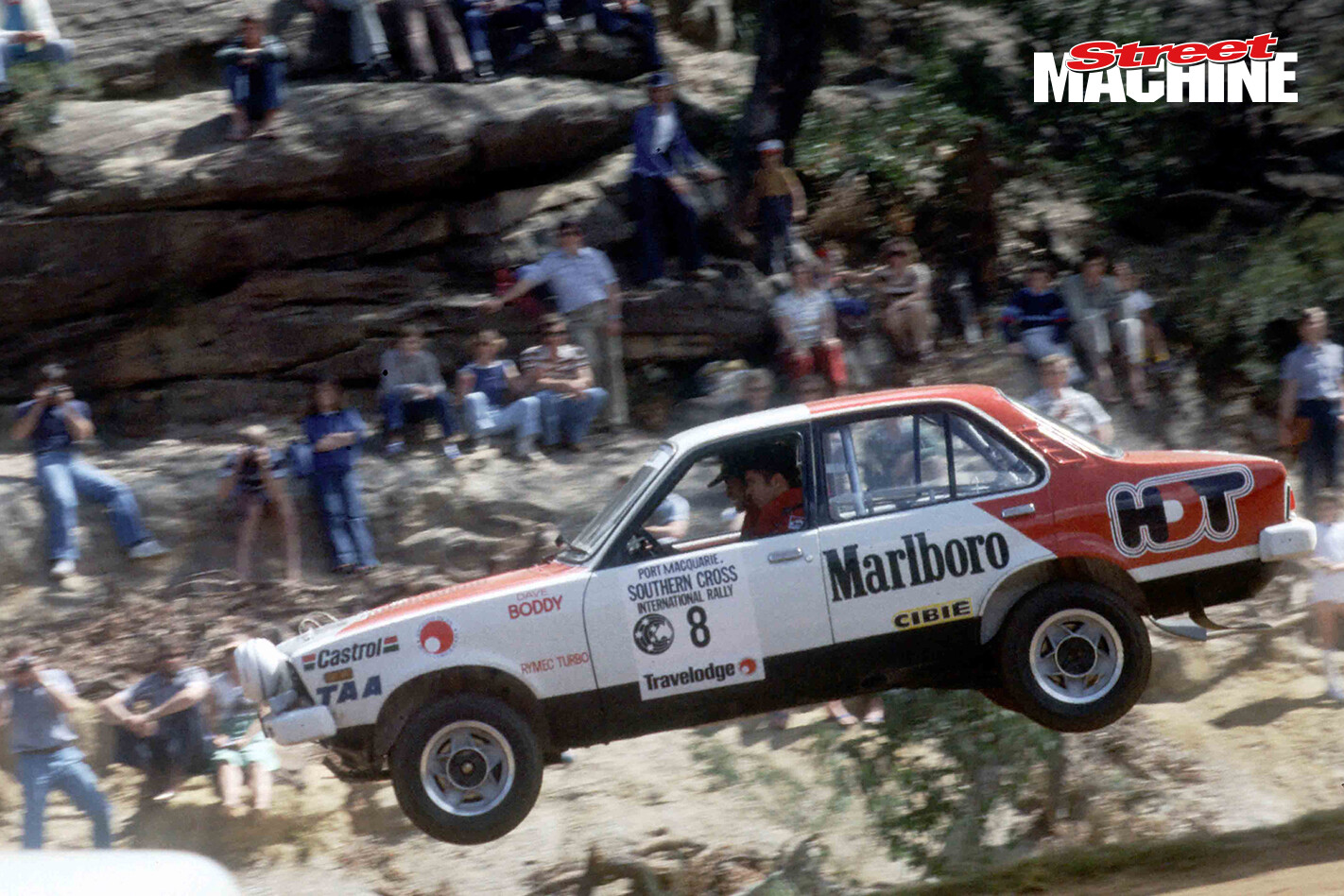
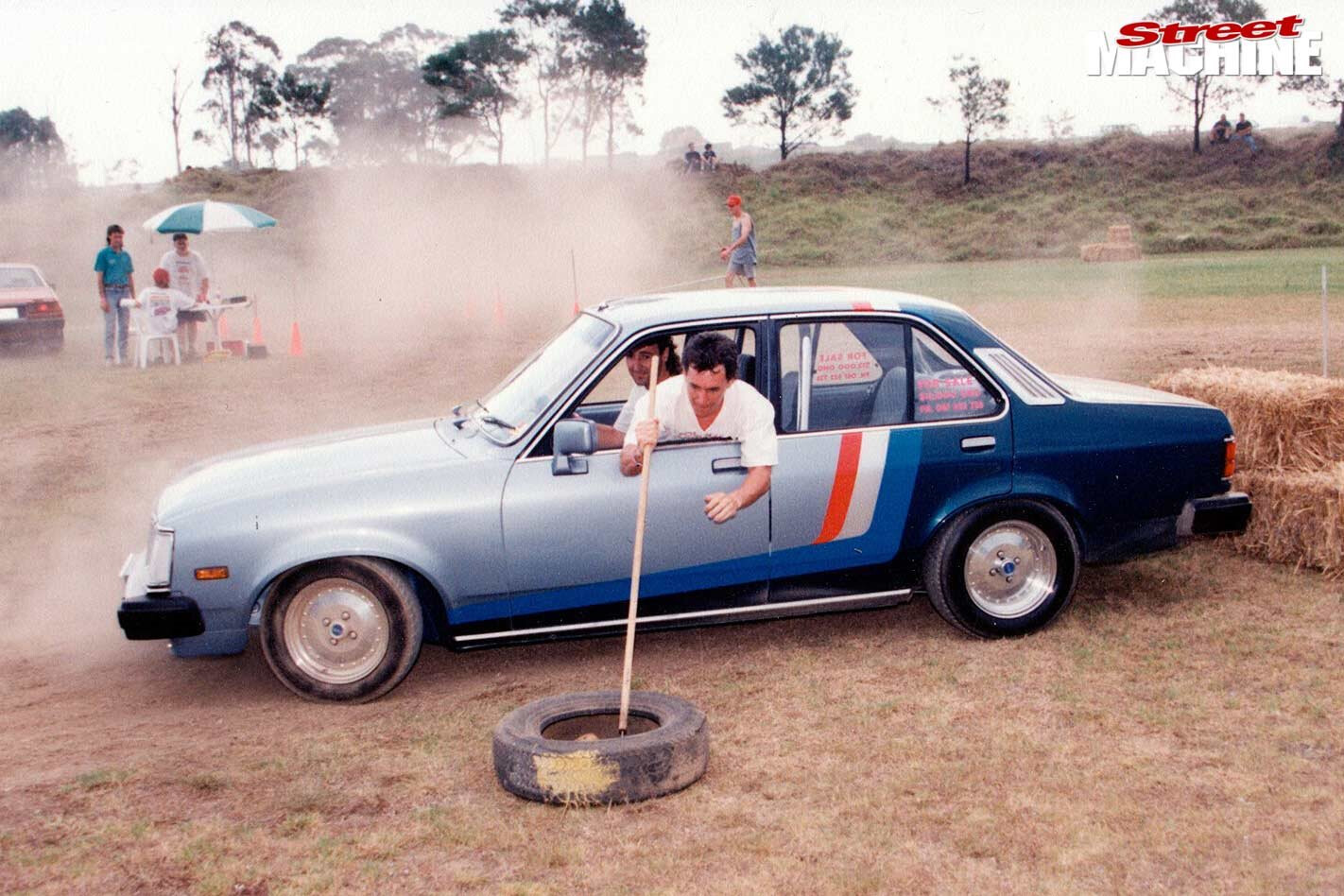
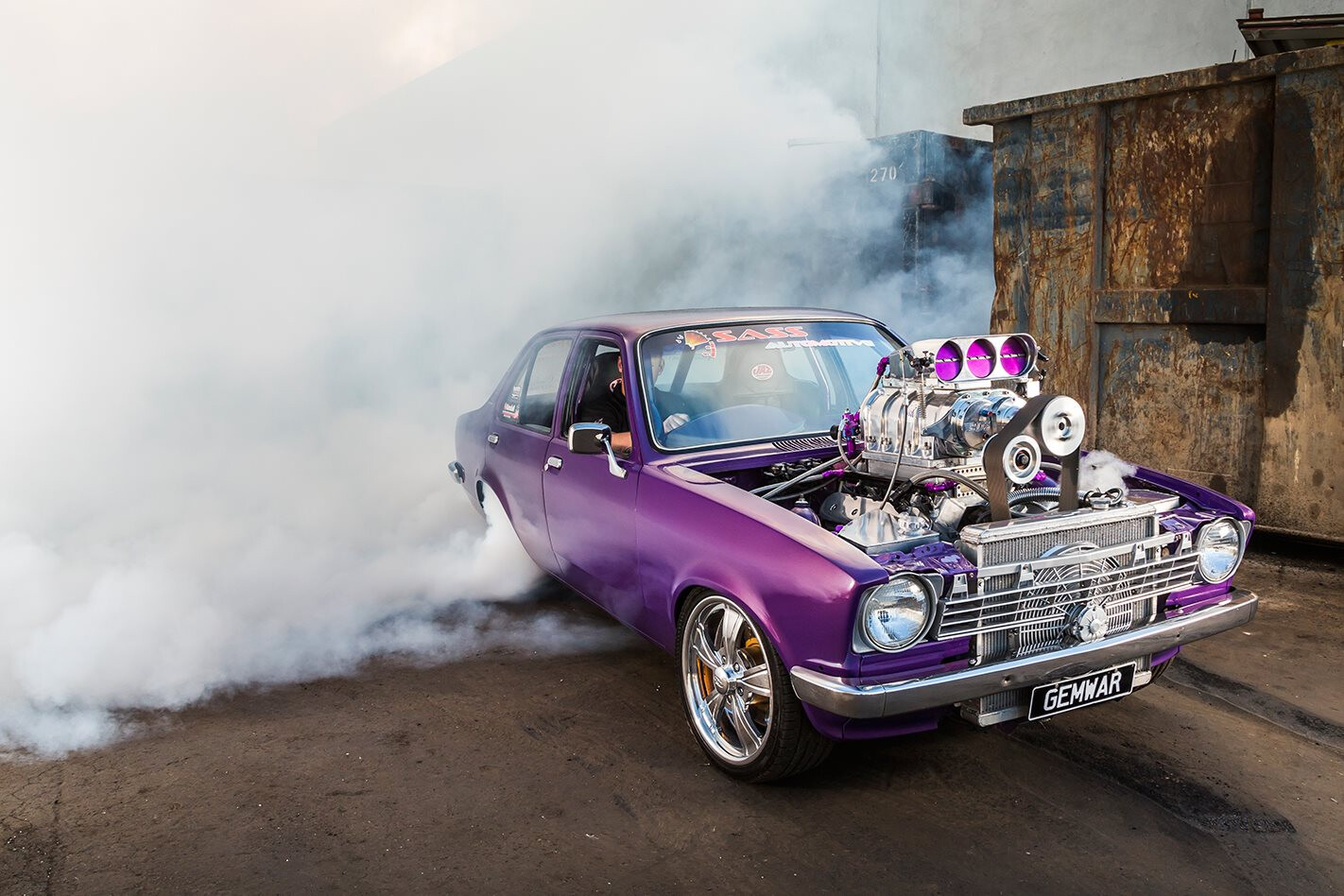
Comments